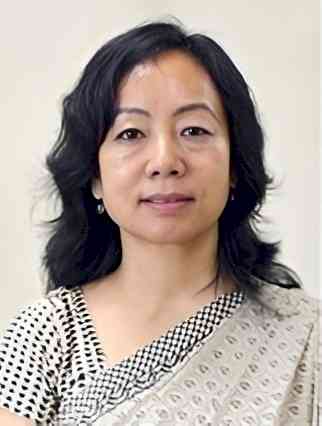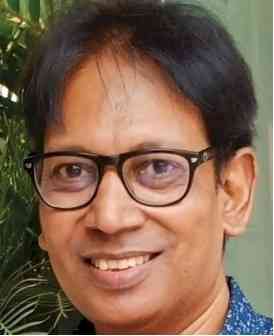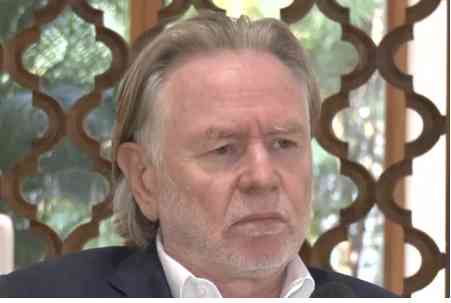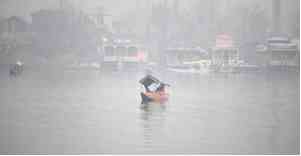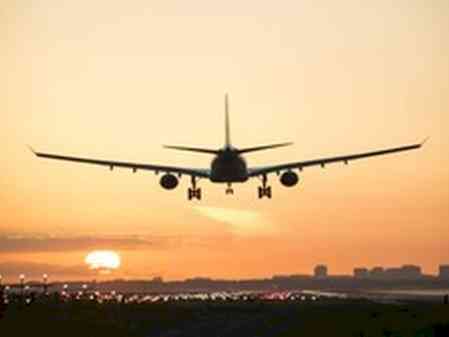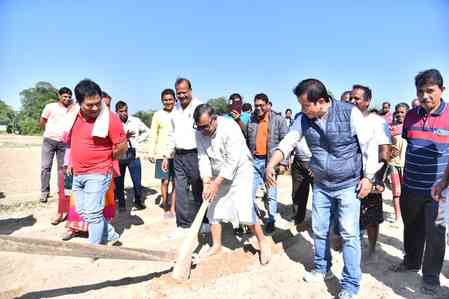India celebrating 79th Independence Day – From underdeveloped to developed country
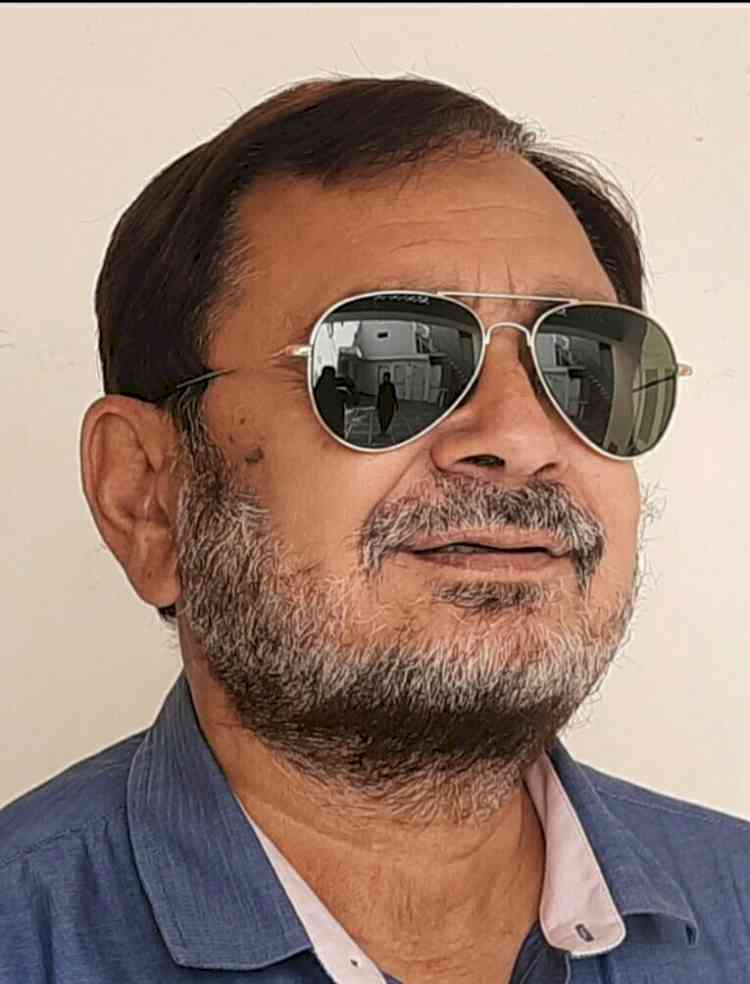
India achieved its Independence in 1947 through the sacrifices of revolutionaries who kissed the gallows with a smile, holding only one thought in their minds – to see India free from British rule.
After Independence, the first Prime Minister, Late Pt. Jawaharlal Nehru, and his successors—Late Lal Bahadur Shastri, Late Indira Gandhi, Late Morarji Desai, Late Ch. Charan Singh, Late Rajiv Gandhi, Late V.P. Singh, Late Chandra Shekhar, Late P.V. Narasimha Rao, Late Atal Bihari Vajpayee, Late H.D. Deve Gowda, Late I.K. Gujral, Late Dr. Manmohan Singh—and, since 2014, Narendra Modi—have each contributed to the nation’s progress.
Pt. Jawaharlal Nehru focused on industries, dams, and large-scale infrastructure. Lal Bahadur Shastri inspired the nation with “Jai Jawan, Jai Kisan.” Indira Gandhi launched the “Garibi Hatao” campaign and led India to victory in the 1971 war, resulting in the creation of Bangladesh. Morarji Desai emphasized prohibition, while P.V. Narasimha Rao introduced liberal economic policies that opened India to healthy competition on the international stage. Atal Bihari Vajpayee furthered liberalization, promoted India’s foreign policy globally, and worked on social reforms. Dr. Manmohan Singh deepened liberal economic reforms and initiated several social welfare programs.
Narendra Modi, upon assuming office in 2014, focused on transforming India into a developed nation and strengthening the economy. Under his leadership, India’s GDP ranking has moved from 10th in 2014 to 5th in 2025, with projections to reach 3rd place by 2029. His vision emphasized boosting indigenous production, reducing imports, and increasing exports to numerous countries.
India is now self-reliant in manufacturing arms and ammunition for defense services and has made significant achievements in science and technology, including space exploration and satellite launches. The country’s road infrastructure boasts world-class national highways and tunnels in hilly areas, reducing travel time. Indian Railways has undergone a transformation with the introduction of Vande Bharat and Amrit Bharat trains, indigenous coaches, and high-powered electric engines.
Healthcare facilities have expanded with new AIIMS institutions across the country. Indians today exhibit confidence, talent, and personality on the global stage, not only in Asia but across the world.
During the global economic crisis caused by COVID-19, India successfully navigated through the challenges without slipping into recession. Today, the focus is on building a “New India” and achieving the vision of a fully developed nation by 2047. This progress has been possible through the collective efforts of every Indian—whether living in the country or abroad—united by a single thought, vision, and mission: making India developed.
Authored by:
Rajat Kumar Mohindru
Journalist
Jalandhar City
(VIews are personal)


 Rajat Kumar
Rajat Kumar 
